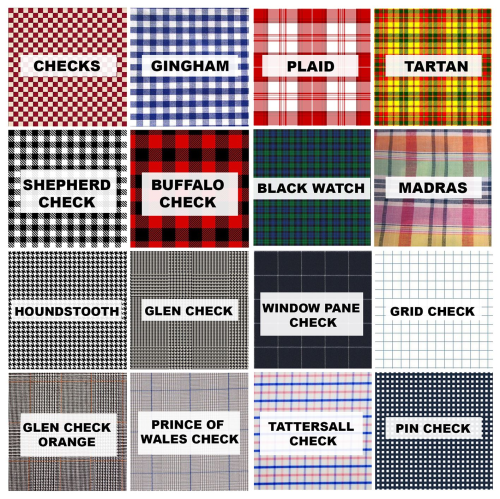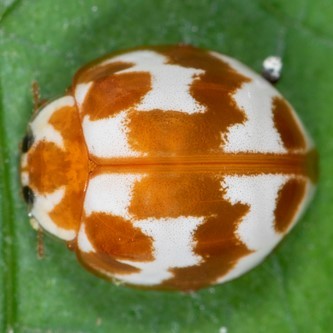
Hi it’s me puddleorganism if you’re confused why you got a billion hoops from me
298 posts
Latest Posts by goblin-in-the-rain - Page 2
bazzy eating Forbiddem Papers

Thin-Spined Jumping Spider (Tutelina elegans), female, family Salticidae, Illinois, USA
photograph by KJ Bluma
i love feral baby zoomies so much
crowded arena starts chanting: ZO-RAP-TERA *clap-clap-clapclapclap* ZO-RAP-TERA
An excellent pine log had a small colony of angel insects. I was pleased. 🤍
7/17/23. N. Florida




Bug, warning me about... Something. I don't know what, but we had to have a fire drill to calm down (where I make the danger call and we both run to the bathroom to hide for a minute before I declare it's safe and we can calm down again).

please dear god everyone look at this przewalski's horse i found on inaturalist

Kingfisher and Great Egret lined up just right

Picasso Bug aka Zulu Hud Bug (Sphaerocoris annulus), family Scutelleridae, found in much of Sub-Saharan Africa
photograph by Daniel Rosengren Photography
Moth Of The Day #115
Magpie Moth
Nyctmera annulata
From the erebidae family. They have a wingspan of 35-50 mm. They tend to inhabit northern heather moorland but also fairly frequent in garden, allotments, hedgerows and woodland. They can be found mainly in New Zealand.


Moth Of The Day #123
Blair's Mocha
Cyclophora puppillaria
From the geomtridae family. They have a wingspan of 28-36 mm. They tend to inhabit open and coastal habitats, but are also occasionally seen in woodland. They can be found in Europe and North Africa to the Caucasus area.


If you haven't already, mayhaps you could do an excerpt on the Bogong Moth.
Moth Of The Day #135
Bogong Moth
Agrotis infusa
From the noctuidae family. They have a wingspan of 25-35 mm. They tend to inhabit urban areas, forests and woodlands. They can be found throughout Australia, New Zealand and Tasmania. The name derives from the Dhudhuroa (an Aboriginal Australian language) word bugung, which describes the brown coloration of the moth.








































